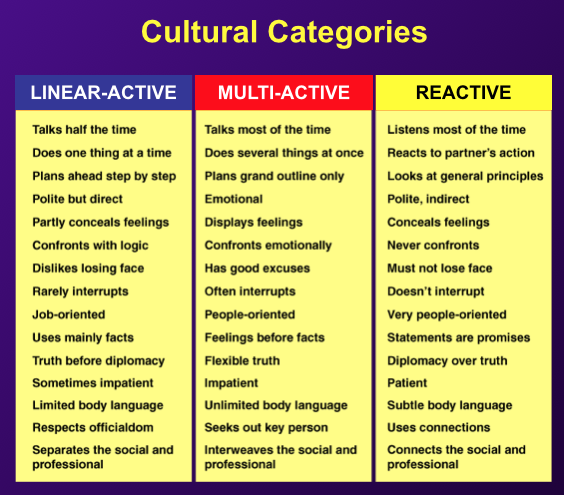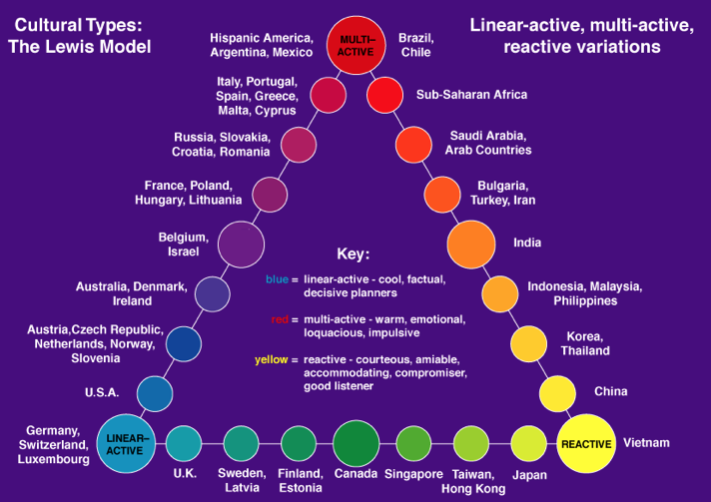We are embarking on an era where the imperative transformation from an oil-based to a knowledge-based economy in the Middle East is incurring important considerations concerning different types of leadership towards that end.
In the Gulf states, and particularly in the Emirates, the multiplicity of nationalities (involving both leaders and personnel to be led) offers a rich choice of management styles and personalities. It is natural that UAE executives should figure largely in defining and developing the style of leadership in the region. This factor is strongly buttressed by the support and encouragement of rulers such as Sheikh Khalifa bin Zayed Al Nahyan in Abu Dhabi. Nevertheless, the Emiratis are fully aware of the advantages of utilising foreign managers from nations such as the USA, Germany and Britain, given their long Western experience on a global scale. Also the important trading and other commercial connections with the Far East encourages due attention being paid to management and leadership styles of such countries as Japan and Korea.
In the post-war period, leadership styles have been studied and analysed by organizational culture experts for decade after decade. American leadership naturally followed their military success in World War II and their precepts dominated managerial thinking until the mid-1970s. The German miracle, the Japanese miracle and, more recently, the Korean manufacturing successes gave the world more options in planning business strategies. Since the turn of the century the LMR cultural model invented by Richard D Lewis has gained ground in western universities and business schools, as well as being adopted by the World Bank, in clearly defining a tripartite organisational division, paying adequate attention to Asian concepts, including leadership, which had been hitherto largely neglected by cross-culturalists. The LMR, or Lewis Model, is illustrated by the following two diagrams:


Middle East analysts will observe that the Arab countries, notably the UAE, are categorised as Multi-active cultures in the tripartite classification. This will have important repercussions as to how Emirati leaders will interact not only with their own subordinates, but also with employees and indeed leaders who belong to the other two categories, namely the Linear-active and Reactive divisions. Even more interestingly, the interactions of personnel at leadership level assume even greater significance in a multinational conglomerate where, for instance, executives could hail from such sources as American (Linear-active), UAE (Multi-active) and Korean (Reactive).
How the LMR Model applies to leadership style
Leadership styles vary according to category.
Linear-active managers demonstrate and look for technical competence. They place facts before sentiments, logic before emotion. They are basically deal-oriented with a view to immediate achievement and results. Time is money.
Multi-active managers use human force and strong personal relationships as an inspirational factor. They rely on their eloquence and ability to persuade to give them control.
Reactive leaders dominate with knowledge, patience and quiet control. They create a harmonious atmosphere by displaying modesty and courtesy towards their subordinates.
Americans, Brits, Australians and Germans are good examples of linear-active leaders. Japanese, Koreans and Chinese fall into the reactive category. Most Arab leaders behave in a multi-active manner. This category also includes the Italians and other Mediterranean peoples.
The UAE version of multi-active leadership
Like leaders in other multi-active cultures, Emirati managers practise leadership with a human face. The basic Islamic values of respect and surface harmony encourage managers to be “hard on issues, but soft on people.” The UAE is a high power distance culture where huge salary differentials and numerous status symbols signify an emerging class system throughout the region. The collectivist nature of Arab societies, however, leads to long periods of consultation and consensus-building, which conform to the basic egalitarianism of Islamic teachings and tribal values. Indeed, in the UAE, the society at large continues to operate in a lower power distance manner, with generally contented subjects. It is within larger organisations that bureaucracy and numerous layers of power created centralisation which makes access to real decision-makers difficult. Decision-makers can also be hidden. Ottoman hierarchical systems of government that dominated Arab life for several centuries have left a permanent mark on many Arab societies.
Foreign managers interacting with UAE leaders are impressed by their preoccupation with hospitality, face, integrity and sense of honour when leading subordinates. They must be aware that Arab managers are ‘high context’, their attitudes and statements are implicit, not explicit. Newcomers must learn to read between the lines. UAE leaders respect tradition and resist sudden change. They allow time for decisions to be made (by consensus). Timing and diplomacy take precedence over speed and dilute a sense of urgency. Avoiding conflict and confrontation is paramount; managers rarely disappoint their inferiors with a simple ‘no.’ Believing that “truth sometimes destroys harmony,” leaders’ pronouncements are often delicately indirect or even ambiguous. Other multi-actives, such as Italians and French people, may be familiar with such indirectness. Linear-actives, such as Americans and Australians, however, may come across as brutally candid in comparison with UAE leaders. Reactives, such as Koreans and Japanese, appreciate occasional ambiguities, though their pronouncements are often less transparent than Arab ones.
In view of the ambitious development projects in the Gulf – many of them being undertaken by multinational joint ventures – it is imperative that all types of leaders familiarize themselves with the differing leadership habits of their partners, and strive to assure a reasonable degree of harmony and unity, enhancing prospects of successful operations.
This article will appear in Training Magazine Middle East this month. Please see www.trainingmagazine.ae/ for further information.
Post Tags:
